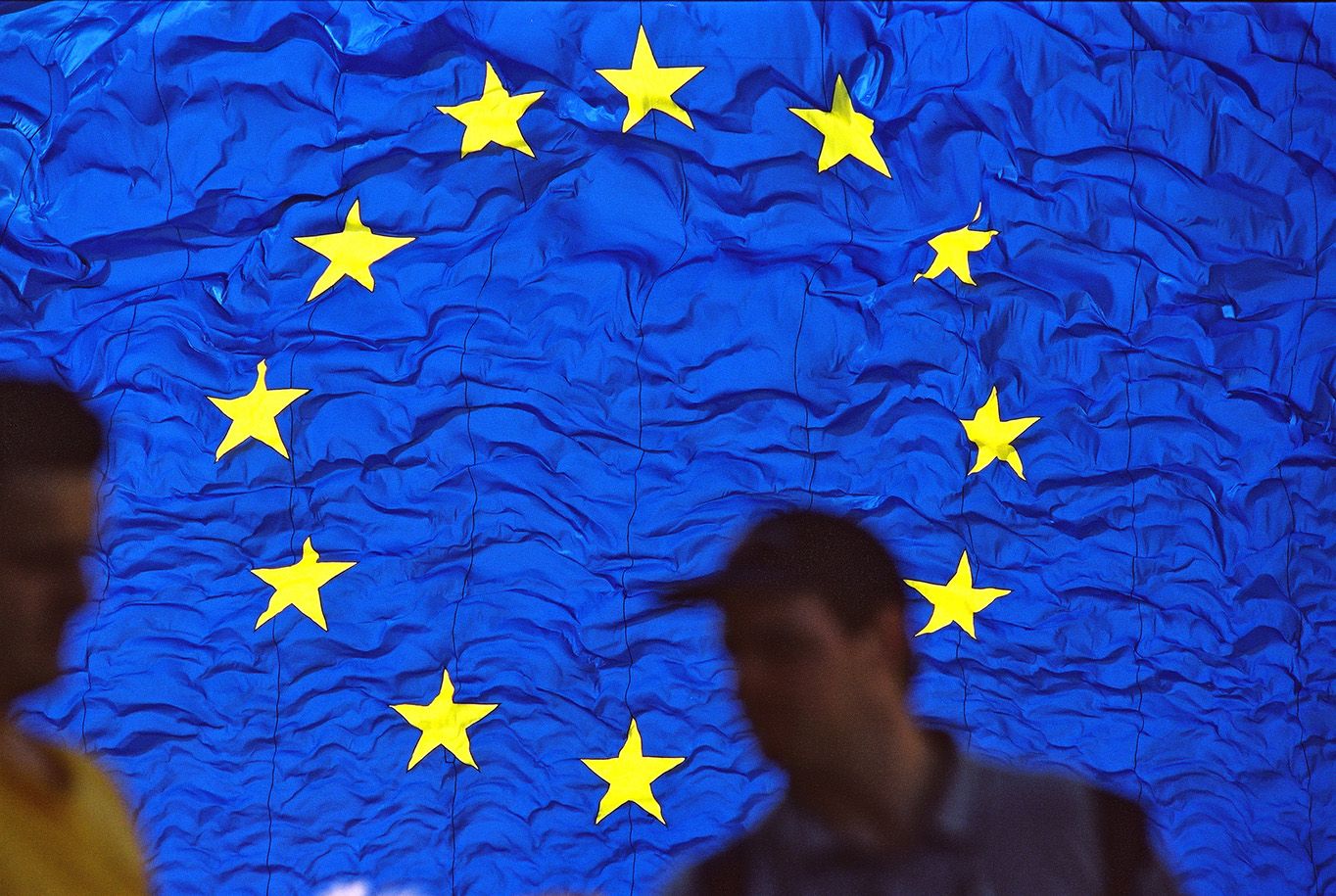Euro-Dollar Week Ahead Forecast: Upside Risks Abound if PBoC Shops in Europe
- Written by: James Skinner
- EUR/USD well supported at 1.2130, with upside risks ahead
- If PBoC shops in Europe to extinguish fires in RMB FX rates
- Could stock up on EUR, CEE & other local FX from June 15
- CPI data up next as ECB doves seen flying in Europe’s skies

Image © European Commission Audiovisual Services
- EUR/USD reference rates at publication:
- Spot: 1.2223
- Bank transfers (indicative guide): 1.1796-1.1880
- Money transfer specialist rates (indicative): 1.2114-1.2138
- More information on securing specialist rates, here
- Set up an exchange rate alert, here
The Euro-to-Dollar exchange rate was levitating near three month highs to open a holiday-shortened week on Tuesday but could derive further upside over the coming days if Chinese commercial banks go topping up on foreign currencies as they appeared to on Monday.
Europe’s single currency rallied back above the 1.22 handle in Monday trade, having come back from a support level around 1.2130 ahead of the weekend, and remained around there early on Tuesday.
But only after European Central Bank (ECB) policymakers made a bid to tamp down market expectations for June’s policy meeting, where some in the market had suggested it could hint at changes to its quantitative easing programme.
“The Euro stumbled late in the week as public comments from ECB officials shifted market expectations for the outcome,” says Zach Pandl, global co-head of foreign exchange strategy at Goldman Sachs.
“Nonetheless, we continue to see a strong case for Euro appreciation over the coming 1-2 months. The European medical situation continues to improve, underpinning our confidence for accelerating GDP growth through the summer,” Pandl adds.
Above: Euro-Dollar rate shown at daily intervals on Monday with U.S. Dollar Index.
Secure a retail exchange rate that is between 3-5% stronger than offered by leading banks, learn more.
Pandl and the Goldman Sachs team cite many other factors for their bullish Euro view but also have a bearish view on the Dollar and with this being one half of the Euro-to-Dollar rate, are anticipating meaningful upside over the coming months.
The highlight in the Eurozone calendar this week is inflation data for May, where consensus looks for the consumer price index to rise from 1.6% last month to 1.9%, which would be its highest level since November 2018 and close to the “close to but below 2%” inflation target.
However, the ECB’s chief economist Philip Lane said barely more than a week ago that it still has a "lot of work to do" to deliver the target in a sustainable way.
Euro-Dollar’s strong start to the week came despite Ignazio Visco - Governor at the Bank of Italy and a member of the ECB’s Governing Council of rate setters - striking a dovish tone on Monday when saying the Eurozone’s recovery prospects are uncertain and that the ECB still intends to continue countering increases in Eurozone borrowing costs.
{wbamp-hide start} {wbamp-hide end}{wbamp-show start}{wbamp-show end}
While there are other domestic factors which might impact the Euro-Dollar rate this week, it’s the external factors that may have greater impact after the Peoples’ Bank of China (PBoC) said on Monday it would raise the foreign exchange reserve ratio requirement of domestic banks from 5% to 7% from June 15, which means it instructed commercial banks to buy foreign currencies.
“This sounds a bit like a retrograde step to the PBoC's ambitions on exchange rate liberalisation. But it isn't really. Looking at the fixing, which continued this morning to follow overnight developments of the dollar index, it looks as if the PBoC still wants to stick to the idea of exchange rate liberalisation,” says Iris Pang, chief economist for Greater China at ING.
“This is difficult to achieve if the PBoC doesn't like speculators occasionally taking charge of the direction and pace of the yuan FX market. A market consists of FX users and investors, including speculators,” Pang adds.
This is all after the Yuan reached multi-year highs against the Dollar last week, lifting all its other exchange rates in the process.
Above: USD/CNH alongside U.S. Dollar Index and EUR/USD.
“The abrupt reversal of the yuan this morning to 6.372 from an earlier high of 6.3611/USD points to FX intervention by local banks on behalf of the PBoC and could suggest that the bank is not comfortable with the speed of the appreciation following the break below 6.40 last week. The message is clear,” says Carole Laulhere, a strategist at Societe Generale.
“Former PBoC official Songcheng called the yuan “overbought” in an interview with state-run Xinhua news agency over the weekend. Separately, a PBoC backed finance news agency also pushed back, asserting that the rapid rise of the yuan against the dollar probably won't last,” Laulhere adds.
If Chinese commercial banks are to buy foreign currencies from mid-month they might be likely to buy those most relevant to the Chinese economy, and for clues on which ones those might be; readers need look no further than the China Foreign Exchange Trade System (CFETS) Renminbi Index.
Domestic lenders would have to buy currencies of the index in which the Euro duals with the Dollar for the largest share, and where component sizes are based upon relative shares of the overall import-export landscape; it would be difficult for them to do much without buying Euros or Dollars.
“We think the announcement sent a signal to the markets that there are enough tools in the central bank’s toolbox to curb RMB’s one-way movement expectation even though PBoC has exited the direct intervention,” says Tommy Xie, head of Greater China research at OCBC Bank.






